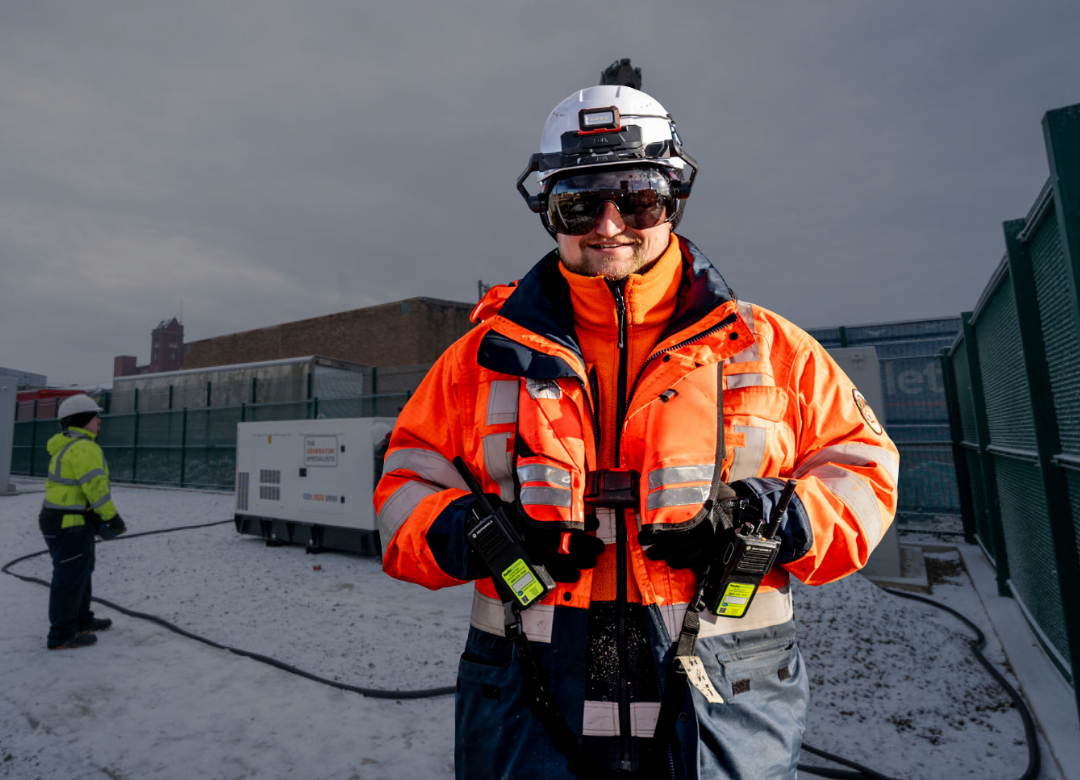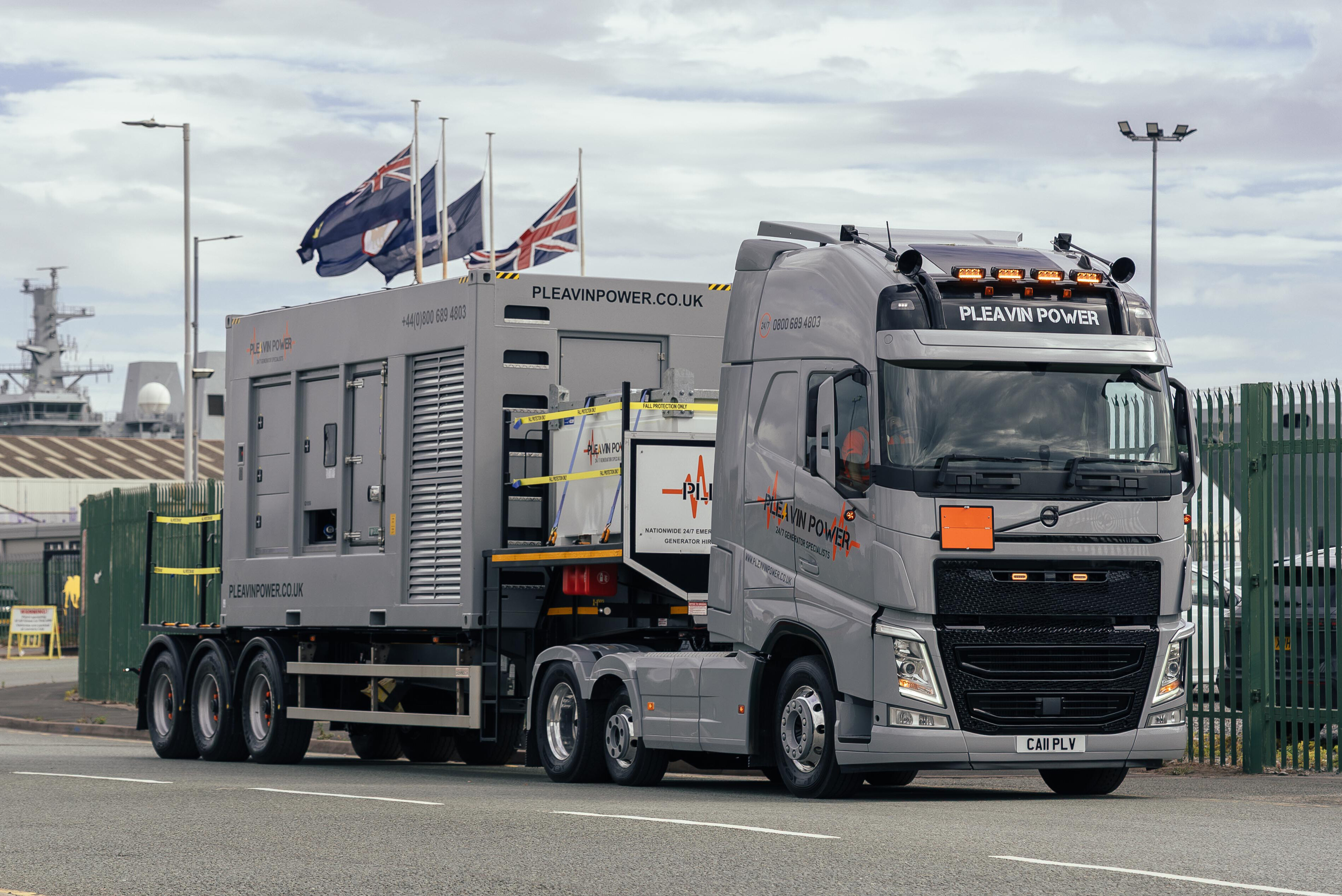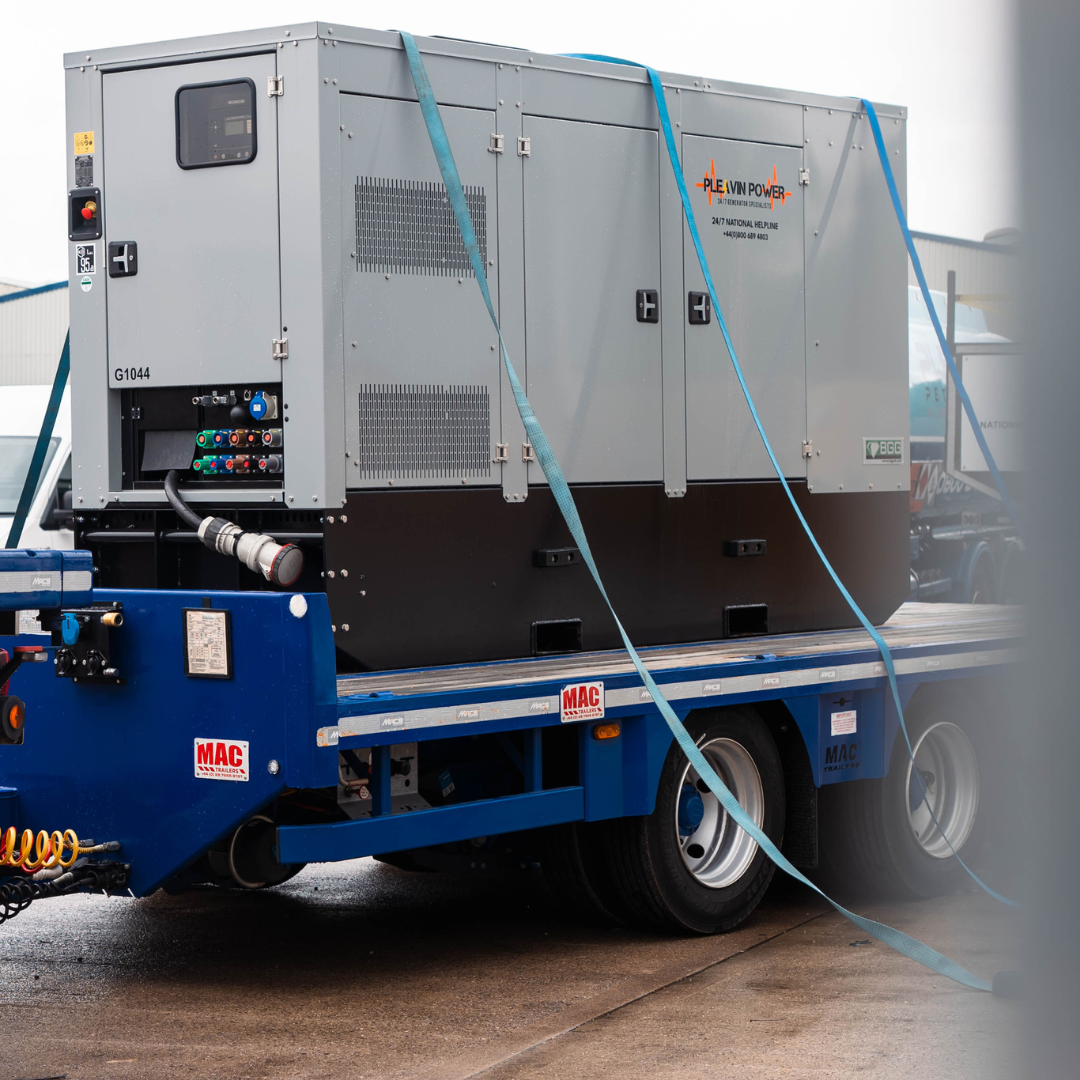Reliability is absolutely crucial for military infrastructure, whether this means adequate staffing or a consistent supply of power.
Power supports not just day-to-day base operations such as living quarters, communications and logistics, but also mission-critical systems like defence technology and command centres. It’s safe to say that a power failure at the wrong time could seriously compromise a mission. It could even lead to catastrophic consequences.
This is why military bases use contingency planning and backup power to prepare for every possible scenario – whether it’s an enemy strike or a localised grid failure.
Why Military Operations Require Reliable Power
Military bases and command centres need 24/7 operational readiness. They operate around the clock, with power supporting a huge range of functions. This can include radar systems, surveillance, air traffic control and emergency response capabilities.
In this kind of environment, a power cut is much more than just inconvenient. It could pose a risk to national security, compromising sensitive data and defence systems and disrupting key missions.
There’s also the fact that power is often a challenge for military bases, as many are situated in isolated, harsh and remote locations. Many sites are dependent on off-site power. For example, a study reported that 99% of the electricity used at U.S. domestic military sites comes from sources outside the base perimeter, i.e. the civilian main power grid.
The reliability of the local grid is far from certain, as well as being vulnerable to sabotage or outside influence. This makes the necessity to use standalone military generator solutions even more crucial.
Generators Supporting Bases And Operations Centres
Defence infrastructure generators offer two main functions within a military setting. Firstly, they offer a first line of defence for off-grid or forward operating bases (FOB) located near conflict areas. These bases need to be self-sufficient, with a reliable source of power they can trust – where it’s protected from any interference.
The second function of a generator in this setting is as a back-up for any grid-connected installations. If the mains power fails, a generator can step in to provide interim power until the fault is fixed or the power comes back online.
One of the main advantages of generators as a source of emergency power for defence is that they’re scalable. They can be used to power anything from a pop-up hospital tent through to an entire airfield.

Fuel Management And Load Bank Testing For Military Sites
With generators being of such critical importance to the smooth, secure running of military sites, it’s essential that they are properly maintained.
Fuel security is of particular importance, especially in active combat situations where it’s difficult to get supplies in and out. To mitigate the risk of running out of fuel, there need to be onsite fuel reserves and strict inventory controls in place. Contingency plans need to factor in potential fuel shortages, building in resilience against disrupted supply chains.
Load bank testing is another key maintenance task. This test simulates real-life operational demand on generators, to ensure they can perform under stress conditions. Regular testing and servicing flags up any minor issues or weaknesses before they become major problems.
Maintaining Power During High-Stakes Scenarios
In addition to providing critical operations with backup power, generators are also relied upon to ensure effective, round-the-clock combat readiness.
In high-stakes, high-risk situations, every small detail matters. If even just one communications device fails or there’s a breach in cybersecurity infrastructure, it could compromise the entire operation.
Lives could be put at risk, and national security is on the line. This is why reliable power is arguably the most important part of military infrastructure.

Integration With UPS Systems And Control Networks
To ensure all bases are (quite literally) covered, military operations often use multiple backup systems. This includes generators paired with uninterruptible power supplies (UPS) and other battery-powered devices to provide overlapping protection. It’s all about being prepared for every possible eventuality.
Iif the mains grid fails, the generator is automatically triggered to start up. This happens using something known as an automatic transfer switch (ATS). However, most generators don’t reach full power instantly, so a battery-powered uninterruptible power supply (UPS) is used to bridge the gap. It kicks in instantly, running until the generator can take over.
In military settings, these emergency backup power solutions are integrated and synchronised with site-wide control systems. These include protections from cyber attacks and multiple redundancy layers, so if one element fails, another steps in to take its place.
Remote Monitoring And Rapid Response
Remote oversight is another key element to consider when designing military generator solutions.
Real-time remote monitoring means that everything from generator performance to fuel usage can be tracked and coordinated across global bases. This ensures a high standard of reliability, no matter the location. If an issue or anomaly is detected, a rapid response team can act immediately to resolve it.
There’s also predictive maintenance, which uses data analytics to predict failures before they happen.















